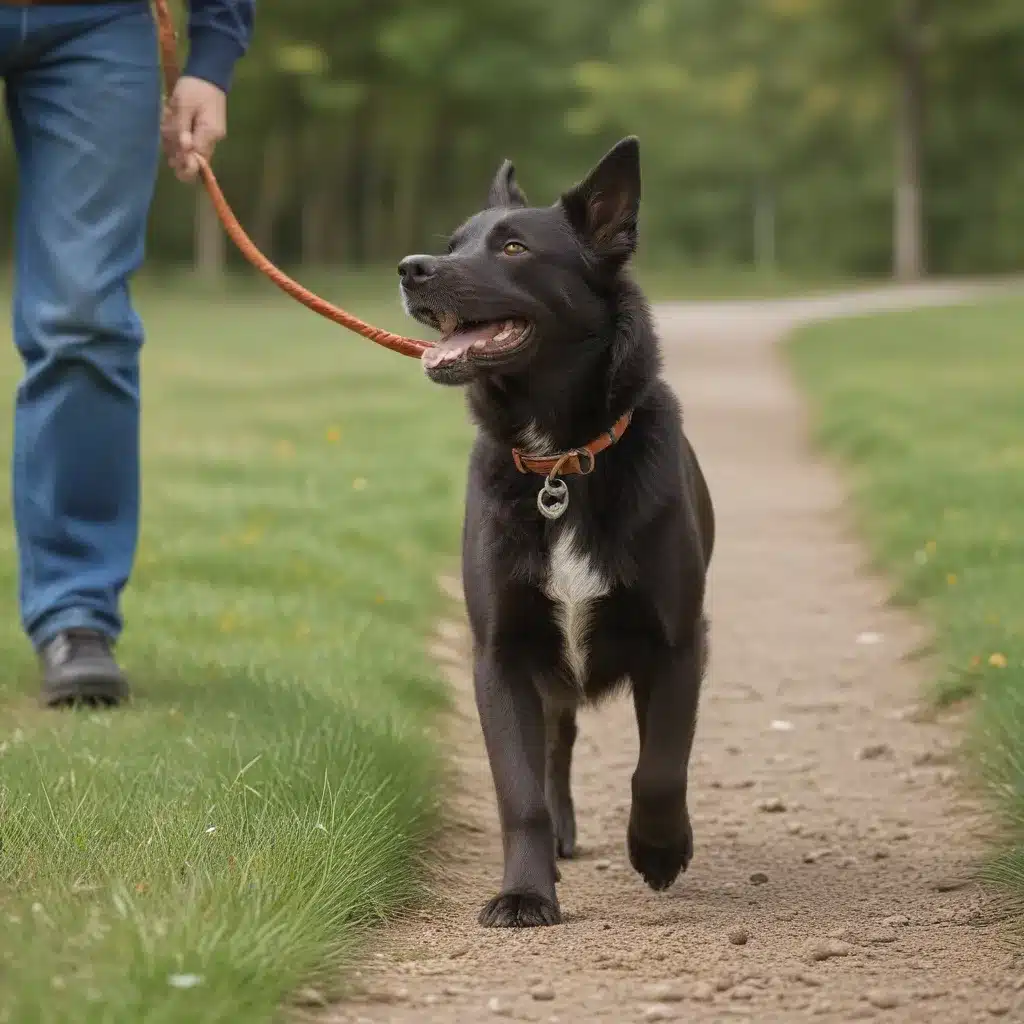
Ah, the age-old dilemma of the dog owner – how to get your furry friend to come when you call them. It’s a skill that’s not only crucial for your pup’s safety, but also for maintaining a harmonious relationship between you and your canine companion. As a proud dog parent myself, I’ve been through the ups and downs of this training process, and I’m here to share my insights and tips to help you master the art of the “come” command.
The Importance of the “Come” Command
Let’s start with the basics – why is teaching your dog to come when called so important? Well, picture this: you’re at the park, your dog is happily chasing a squirrel, and suddenly they veer off towards the busy street. Your heart races as you frantically call their name, hoping they’ll turn around and come back to you. If your pup has been properly trained to respond to the “come” command, you can rest assured that they’ll heed your call and avoid a potentially dangerous situation. This video from a renowned dog trainer highlights the critical role that the “come” command plays in keeping your furry friend safe.
But it’s not just about safety – a well-trained “come” command can also strengthen the bond between you and your dog. Imagine the feeling of pure joy when your pup comes racing back to you, eager for your praise and affection. It’s a heartwarming moment that reinforces the trust and respect at the core of your relationship. And let’s not forget the practical benefits – a responsive “come” command can make everyday tasks like leashing up for a walk or calling your dog inside much easier and stress-free.
Building the Foundation
Now that we’ve established the importance of the “come” command, let’s dive into the nitty-gritty of how to actually teach it. The key is to start early and be consistent in your training. As soon as you bring your pup home, begin incorporating the “come” cue into your daily interactions.
One effective strategy is to use the “come” command whenever you’re already reinforcing good behavior, like when your dog is coming to you for a treat or to be let out. The RSPCA recommends making yourself the most exciting thing in your dog’s world by using high-value treats and lots of praise when they respond to the “come” cue. This helps them associate the command with positive outcomes, making them more likely to comply in the future.
Another crucial aspect of building a strong “come” foundation is to never use the command as a punishment. For example, don’t call your dog over to scold them for something they’ve done wrong. This can quickly turn the “come” cue into a negative experience, undermining all your hard work. Instead, focus on rewarding and reinforcing the behavior you want to see.
Proofing and Troubleshooting
As your dog becomes more responsive to the “come” command in low-distraction environments, it’s time to start proofing the behavior in more challenging situations. This video provides excellent guidance on gradually increasing the difficulty of your training sessions, such as practicing the “come” cue when your pup is playing with toys or interacting with other dogs.
It’s important to remember that every dog is different, and you may encounter some bumps in the road along the way. Maybe your pup is particularly stubborn and chooses to ignore the “come” command when they’re having too much fun. Or perhaps they get easily distracted by new sights and sounds. Don’t get discouraged! Consistent practice, patience, and a positive reinforcement-based approach will go a long way in overcoming these challenges.
One helpful tip I’ve learned from the Reddit dog training community is to make the “come” command truly non-negotiable. By teaching your pup that ignoring the cue has consequences, such as the end of playtime or the loss of a treat, you can reinforce the importance of responding quickly and reliably.
Maintaining the “Come” Command
Once your dog has mastered the “come” command, the work doesn’t stop there. Maintaining this essential skill requires ongoing practice and reinforcement. This video offers valuable tips on keeping the “come” command fresh in your dog’s mind, such as randomly calling them to you during playtime or walks and rewarding them generously when they respond.
It’s also crucial to keep training sessions positive and engaging. Try mixing up the rewards, incorporating different environments, and making the “come” cue a fun game rather than a chore. This will help prevent your dog from getting bored or resentful of the training.
Remember, mastering the “come” command is a journey, not a destination. With patience, consistency, and a healthy dose of creativity, you and your furry friend can conquer this essential skill and enjoy a lifetime of safe, happy adventures together. Who knows, you might even discover a few hidden talents along the way – perhaps your dog has a secret passion for agility or frisbee catching that you can explore!
And if you’re ever in need of more resources or a supportive community, don’t forget to check out I Have Dogs – a comprehensive website dedicated to all things canine, from training and care to adoption and wellness. Their wealth of information and friendly forums can be invaluable in your quest to train the perfect “come” command.

